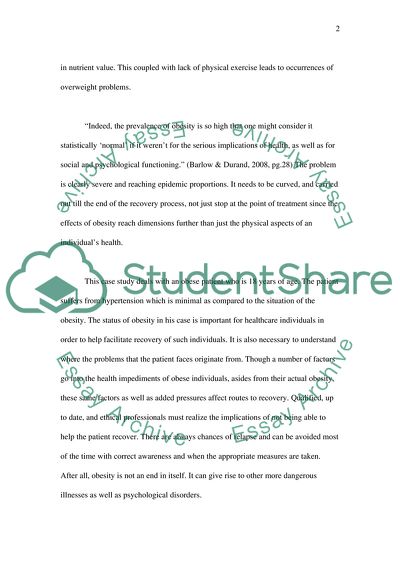Cite this document
(The Patients Journey: Home to Home Case Study Example | Topics and Well Written Essays - 2000 words, n.d.)
The Patients Journey: Home to Home Case Study Example | Topics and Well Written Essays - 2000 words. Retrieved from https://studentshare.org/health-sciences-medicine/1736308-the-patients-journeyhome-to-home
The Patients Journey: Home to Home Case Study Example | Topics and Well Written Essays - 2000 words. Retrieved from https://studentshare.org/health-sciences-medicine/1736308-the-patients-journeyhome-to-home
(The Patients Journey: Home to Home Case Study Example | Topics and Well Written Essays - 2000 Words)
The Patients Journey: Home to Home Case Study Example | Topics and Well Written Essays - 2000 Words. https://studentshare.org/health-sciences-medicine/1736308-the-patients-journeyhome-to-home.
The Patients Journey: Home to Home Case Study Example | Topics and Well Written Essays - 2000 Words. https://studentshare.org/health-sciences-medicine/1736308-the-patients-journeyhome-to-home.
“The Patients Journey: Home to Home Case Study Example | Topics and Well Written Essays - 2000 Words”. https://studentshare.org/health-sciences-medicine/1736308-the-patients-journeyhome-to-home.


